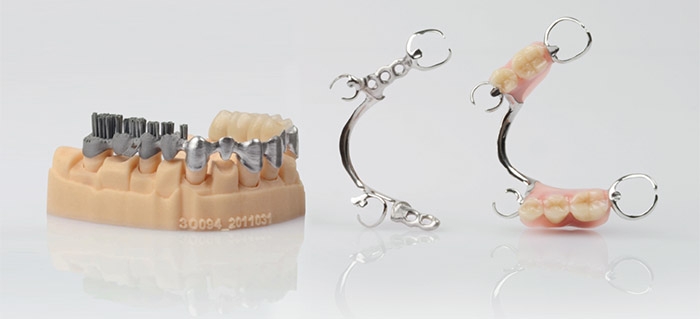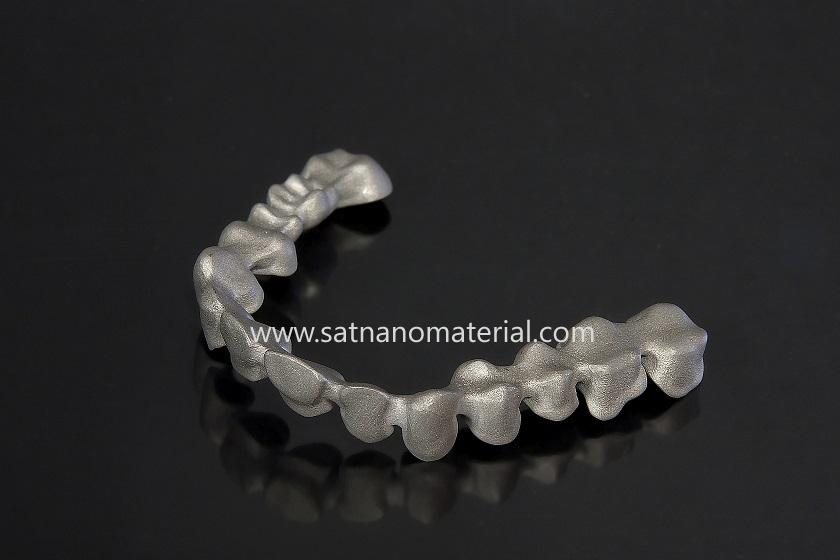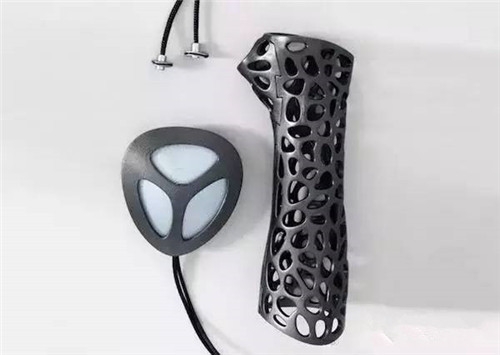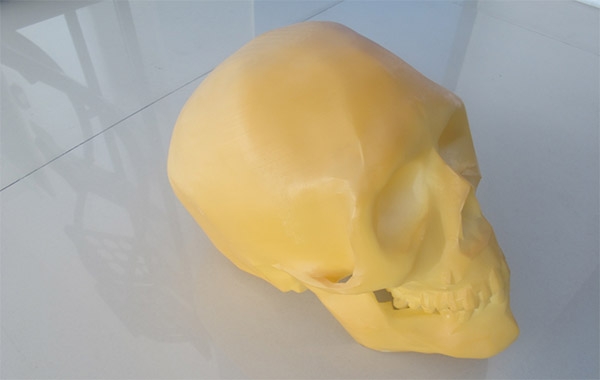Dental restoration parts customization


Solution
1. Personalized and complex geometric products are the areas where metal 3D printing technology is best at, ensuring a good match with the patient’s mouth, and the surface roughness of the parts is very suitable for the adhesion between the ceramic outer layer and the body
2. Cobalt-chromium alloy is used for printing materials, which has good biological compatibility
3. Possess technically and commercially feasible craftsmanship, and the processing time is almost not limited by geometric complexity
4. The amount of data preparation can be minimized, the amount of material is equal to the product volume, and the waste caused by cutting is avoided
5. Rough surface is conducive to providing better ceramic and metal bonding force, compared with traditional casting, greatly reducing the workload of post-processing
Human skeleton model


Solution
1. Using plastic printing and sintering equipment, the accuracy is +/-0.1mm, which fully meets the requirements of size development
2. The high toughness, light weight, and high strength of polymer nylon materials are very suitable for the requirements of human bone models, assisting in surgical planning and simulation
3. The size of the model and the medical image can be completely matched 1:1, and it can be used as the main basis for surgical planning
4. Multiple models are produced at the same time, the cost is greatly reduced and the production cycle is shortened
 online service
online service 13929258449
13929258449 admin@satnano.com
admin@satnano.com + 8613929258449
+ 8613929258449